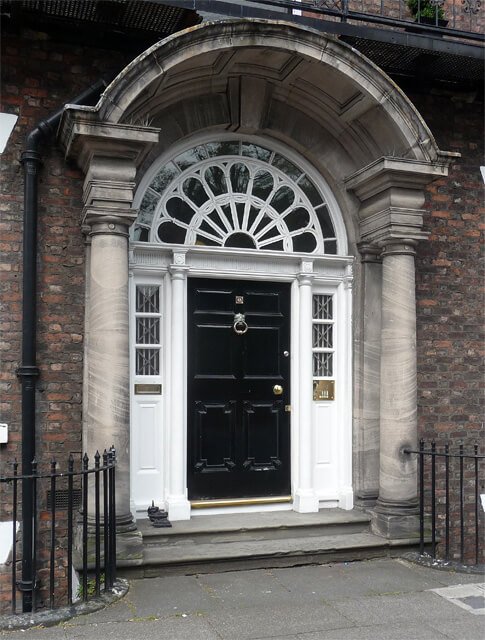THE ARCHAEOLOGIST EDITOR GROUP
The Victorian era (1837–1901) was marked by a vast array of architectural styles, influenced by a renewed interest in the classical past. This fascination with antiquity was not just a mere replication but a reinterpretation, blending ancient motifs with the technological advancements and sensibilities of the 19th century. Here are some techniques and styles that capture the essence of Victorian buildings inspired by antiquity:
Neo-Classicism: A style inspired by ancient Greek and Roman architecture, characterized by symmetrical facades, columns, and ornate friezes.
Pilasters: Rectangular columns projecting only slightly from the wall, a design borrowed from classical antiquity.
Pediment: The triangular upper part of the facade in classical buildings, often seen in Victorian structures inspired by ancient temples.
Ionic, Doric, and Corinthian Columns: These are the orders of ancient Greek architecture that became popular motifs in Victorian designs. The Doric order is stout and fluted; the Ionic is slender with scroll-like ornaments; and the Corinthian is the most elaborate with acanthus leaf decorations.
Portico: A porch leading to the entrance of a building, supported by columns. A common feature in neo-classical Victorian homes, reminiscent of ancient Greek temples.
Entablature: A horizontal structure supported by columns or pilasters, often found in Victorian buildings inspired by classical structures.
Cornice: The uppermost section of the entablature, a decorative molding on the top of buildings, inspired by ancient designs.
Frieze: The central section of the entablature, often adorned with sculpted reliefs or ornamental designs reminiscent of ancient buildings.
Acanthus Leaves: A common decorative motif inspired by ancient Mediterranean architecture, often seen on Corinthian columns and decorative moldings in Victorian buildings.
Palladian: Inspired by the Renaissance architect Andrea Palladio, who himself drew inspiration from ancient Roman architecture. Victorian Palladian structures often feature symmetrical facades and arched windows.
Rustication: A masonry technique where the individual stones are cut to a defined size but with a rough exterior. This technique, inspired by ancient Roman buildings, was prevalent in Victorian architecture to give buildings a rugged, antique appearance.
Motifs and Reliefs: Sculpted designs on Victorian buildings' surfaces, often depicting scenes from ancient myths, battles, or daily life, reminiscent of ancient frescoes and bas-reliefs.
In essence, Victorian architecture, in its admiration for antiquity, created a bridge between the ancient and modern worlds. These buildings stand as a testament to the era's penchant for blending historical reverence with contemporary innovation.

















